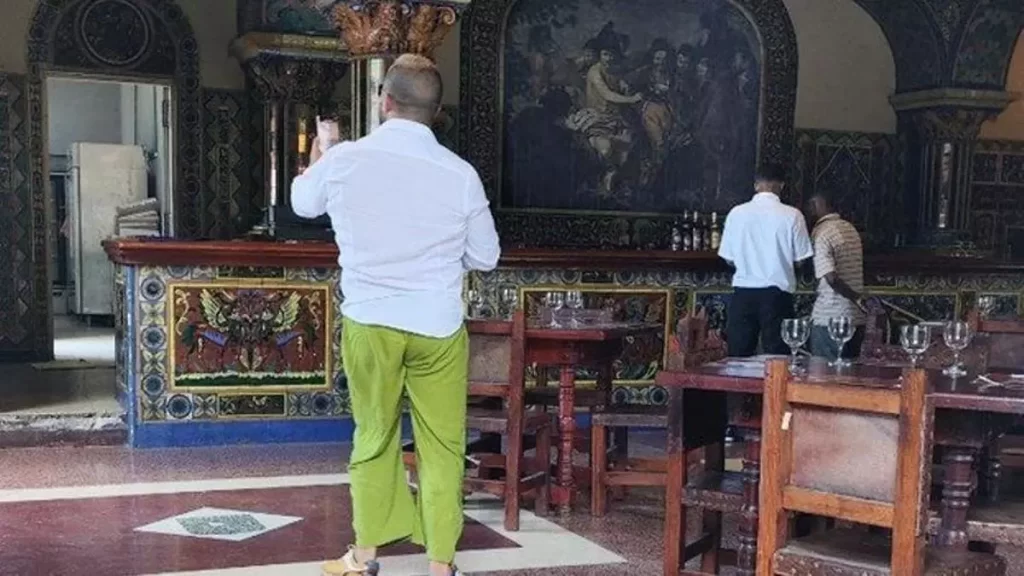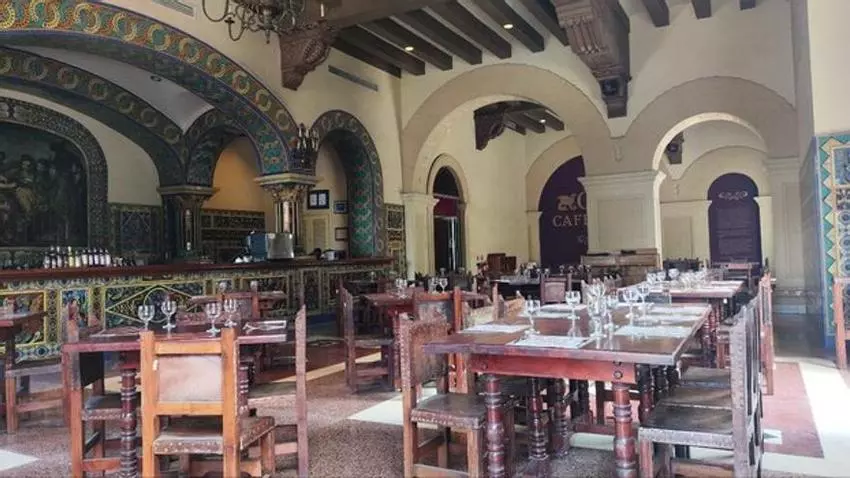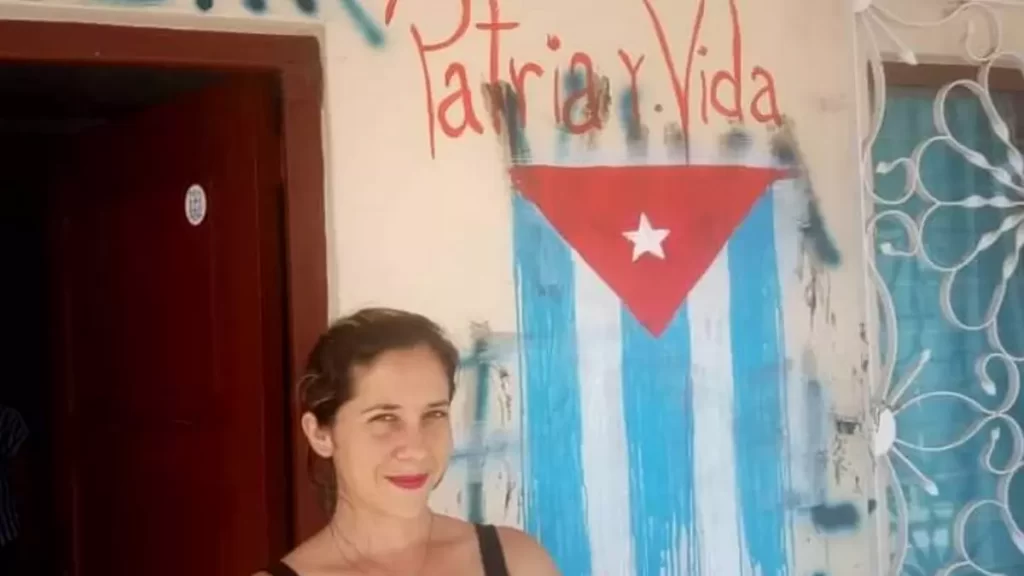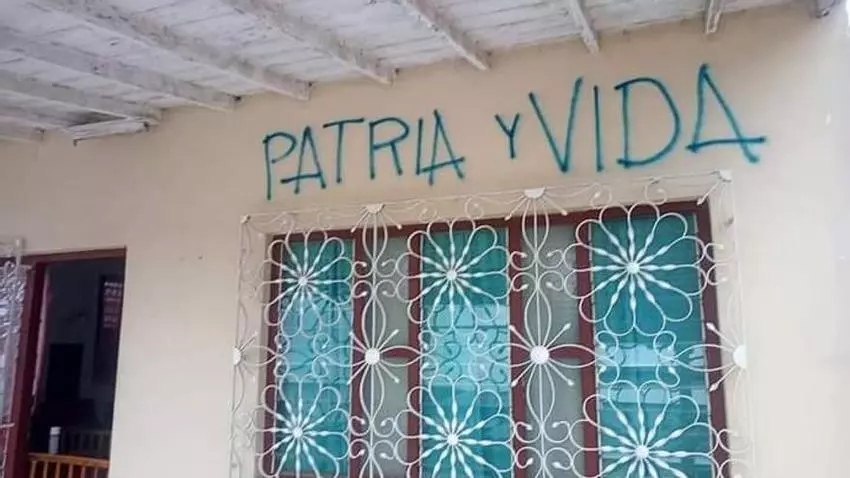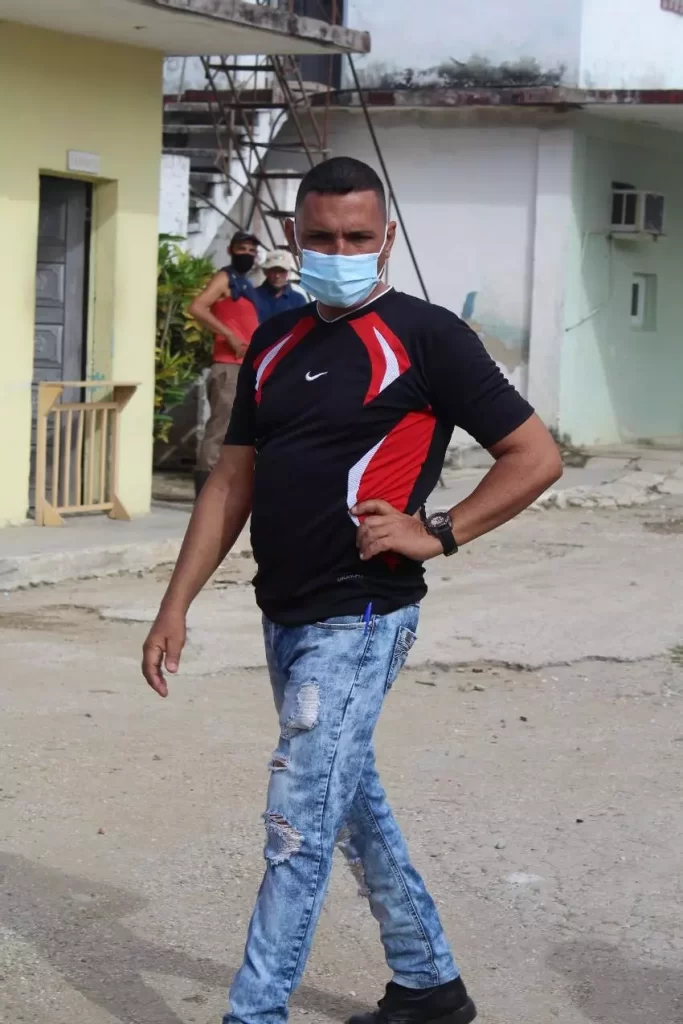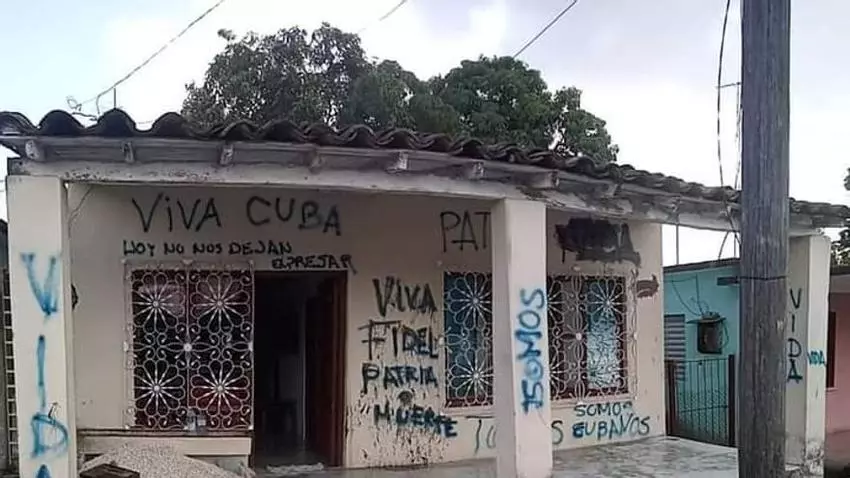Without electricity and Internet access, this is how its inhabitants spend a good part of their days

![]() 14ymedio, Juan Diego Rodríguez, San Antonio de los Baños, 24 April 2024 — “It hurts to see this town like this,” is the laconic phrase released by a woman sitting in a park in San Antonio de los Baños when a newcomer asks her for an address and tells her how deteriorated he has found the so-called City of Humor. Destroyed sidewalks, facades that don’t conceal the brickwork and the taciturn faces of the people complete the sickly picture of this small town in the province of Artemisa.
14ymedio, Juan Diego Rodríguez, San Antonio de los Baños, 24 April 2024 — “It hurts to see this town like this,” is the laconic phrase released by a woman sitting in a park in San Antonio de los Baños when a newcomer asks her for an address and tells her how deteriorated he has found the so-called City of Humor. Destroyed sidewalks, facades that don’t conceal the brickwork and the taciturn faces of the people complete the sickly picture of this small town in the province of Artemisa.
A central hub between the agricultural towns of the area and Havana, the land of the Ariguanabo River copes very poorly with the economic crisis and the mass exodus that also affect the rest of the Island. “Blackout!” a neighbor was heard screaming today from inside his house to warn his wife who, sitting at the door, was trying to sell cigarettes one at a time. Seconds later, after the telecommunications towers that provide the web browsing service in the area stopped working, internet access on mobile phones was cut off.
Without electricity and without internet access, this is how the people of San Antonio de los Baños spend a good part of their days. All life is paralyzed when “the power goes out and this town becomes dead,” another local neighbor confirms to 14ymedio who remembers the times when “you had to look before crossing the street because so many cars were circulating.” Now, with the local economy having hit rock bottom, San Antonio de los Baños is not much different from any other place in deep Cuba, where the days are spent standing in line and flies buzz around everywhere.
All life is paralyzed when “the power goes out and this becomes a dead town”
In the streets and houses, drought and problems with the supply of drinking water have added a reddish patina to everything, and the clayey earth of the area is turned into fine dust that gets into every crack. Rosa María, another resident, wipes her face with a small towel. Her sweat adds a spot of brown to all the previous ones. She is waiting for some transport to take her away from the small town.
“I’ve been here for more than an hour but imagine that to go to Santiago de las Vegas they want to charge you 150 pesos. Quivicán is just as much; they have lost respect for money,” she says. A few meters away stands the intensely colored facade of the Los 3 Grandes bar and cafeteria, of the Palmares chain, which offers national cocktails, appetizers and musical shows on weekends, one of the few places for nightlife that is maintained.
“I came to visit my family, and I see that they are all thinner and sadder,” says the man from Havana who was asking for directions. “My brother-in-law who used to repair cars now survives by fishing, because he can no longer maintain the business, and his family depends on what he manages to catch.” His little niece has it worse. “For children there is no place, nowhere to have fun. They go from school to home and from home to school; there is nothing else.”
The Coppelia ice cream parlor is now in the hands of a small private company that sells each scoop of ice cream at 120 pesos and a bowl at 400 pesos. Of course, unlike the times when it was managed by the State, its menu overflows with flavors: chocolate, strawberry and dulce de leche were some of those offered this Wednesday, but the interior was practically empty. The new prices have driven away the previous clientele, frightened by inflation.
The new prices have driven away the previous clientele, frightened by inflation
“To satisfy your stomach, you need a pizza,” said a sign of another private business nearby, also with many ornaments and few customers. For 140 pesos each, the buyer can take home a piece of baked dough, with tomato sauce and cheese. In another, called Colorama, a more chic place for more well-off people, a slice costs 900 pesos but includes ham, chorizo and olives.
The rise in the cost of living makes it more difficult to spend, and in the community that once lived from agriculture, the nearby International Film School and the tourists who came to visit the Museum of Humor in the land of jokes and sarcasm, the depression is quite noticeable.
Along with the decrease in the flow of potatoes and bananas due to the drop in production, the school no longer has as many resources as before, when it resold thousands of cans of beer and packages of coffee at a better price than in the State stores. The exhibition with portraits and works of illustrious humorists does not attract as many visitors or as much laughter either. The river that runs through the town contains a green and stagnant water that many avoid approaching.
“A crippled house, like the whole town,” says a resident on the same block
In a corner of Vivanco Street, the neighbors have knocked down part of the facade of a house about to collapse. “A crippled house, like the whole town,” says a resident on the same block. “This is like a punishment; since we threw ourselves here into the street, the punishments have not stopped,” says the man about that Sunday of 11 July 2021 when San Antonio de los Baños was the place where the massive popular protests that shook the entire Island began.
Carrying a suitcase, a young man advances at noon this Wednesday to the point where the private trucks leave for Havana. “There goes another one who isn’t coming back,” says a neighbor. The wheels of the luggage cart kick up the reddish dust that remains in the air and sticks to everything. In the town where people once laughed until their stomachs hurt, now the days seem more like a wake than a party.
[From TranslatingCuba.com: Note to ‘anonymous translator’ – Our most sincere apologies, we will definitely follow up. Please feel free to email us directly about this at: TranslatingCuba < at > Gmail (dot) com]
____________
COLLABORATE WITH OUR WORK: The 14ymedio team is committed to practicing serious journalism that reflects Cuba’s reality in all its depth. Thank you for joining us on this long journey. We invite you to continue supporting us by becoming a member of 14ymedio now. Together we can continue transforming journalism in Cuba.




